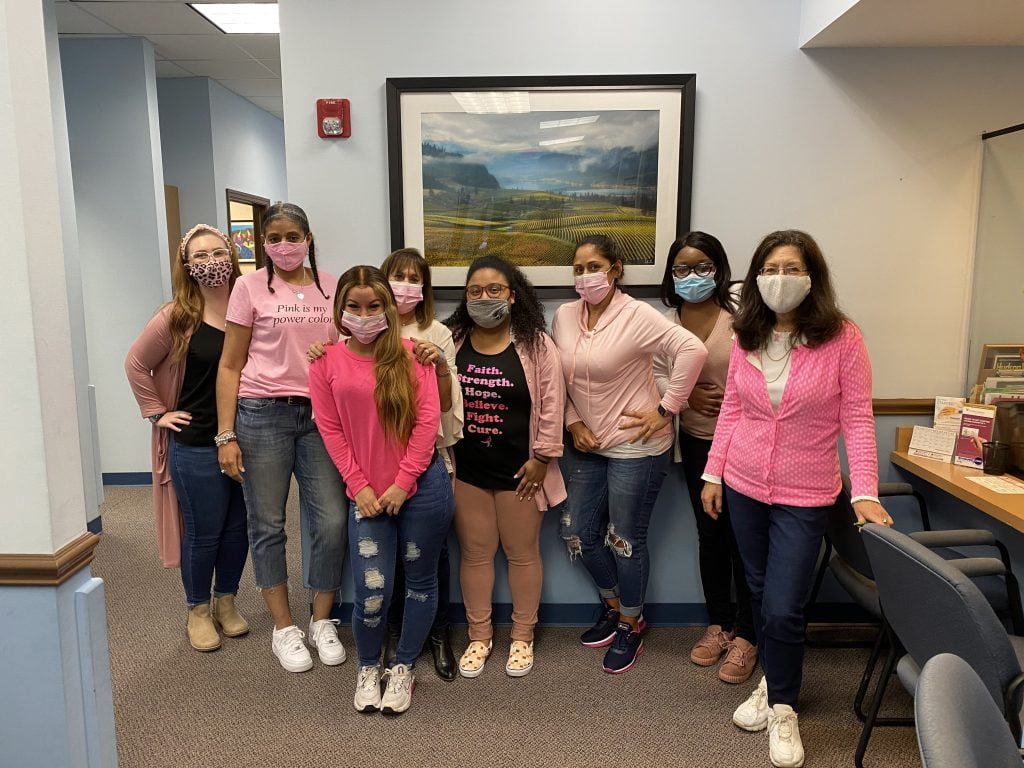The popularity of avocados in the U.S. is undeniable. The fact is Americans consumed over 2.6 million pounds of the fruit (yup, an avocado is a fruit!) in 2019. But that’s not surprising, because, let’s be honest – it’s not a party without the guacamole and there are few things better than ripe avocado slices on toast. Unfortunately, though, preparing these delicious snacks can be risky when not done correctly. The soft flesh of the avocado combined with its hard pit plus a sharp knife can be a recipe for disaster or a condition now dubbed “Avocado Hand”. It all starts with an improper approach to cutting the avocado.
Any motion in which a sharp object is being moved towards your palm, and all the nerves and tendons that live there, is a bad idea. But time and time again, Americans are doing just that when slicing into their avocados. Fruit in hand, the knife can easily glide through and just as easily slip, resulting in serious injury from deep gashes to severed tendons or even digits. We encourage you to avoid a preventable situation by following these simple, safe tips for preparing an avocado.
The safe way to cut an avocado:
1. Place the avocado on a cutting board and stabilize with your fingers on top. Be sure to choose a ripe avocado (gives slightly to the touch). This will make it easier to cut and peel.
2. With a sharp* knife, cut the avocado around midway, horizontally. *Make sure your knife is sharp. More kitchen injuries are caused by dull knives than sharp ones.
3. Hold the avocado on either side of the cut, twist in opposite directions to separate the halves.
4. With a large spoon, gently remove the seed from the center.
5. Cut each piece in half once lengthwise and use your fingers to gently peel the outer skin from the flesh.
6. Cut or slice as your recipe requires – and enjoy!
If you do injure your hand, what should you do?
First, assess the level of injury. Seek immediate medical
attention if you or someone you know is seriously injured, including
amputation, loss of function in the fingers, exposed bone or bleeding that
won’t stop.
For wounds that can be treated at home, remove all jewelry
from the wrist and hands, clean the area with warm water and soap, and continue
to apply firm pressure until bleeding has stopped. Apply antibiotic ointment
and a sterile bandage, being sure to change the bandage often. If you notice
any of the following symptoms, call a physician, as this may be a sign of
infection: redness around the wound, yellow or green pus, red streaking
spreading away from the cut, increased pain or swelling, or a fever.
NEOSM’s expert hand specialists are
here to answer any questions you have and to provide the highest level of care.
Give us a call
to schedule a consultation either in-person at one of our offices, or virtually
through Telemedine.



























